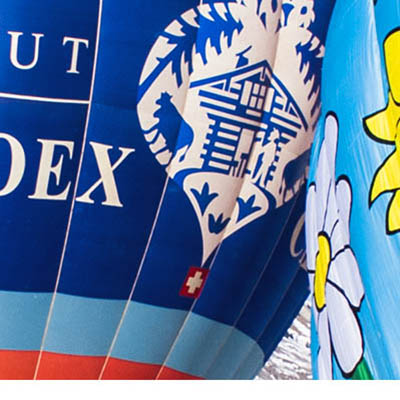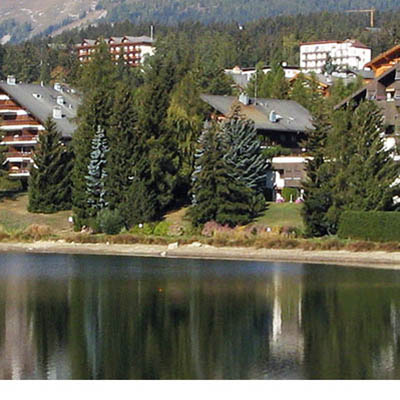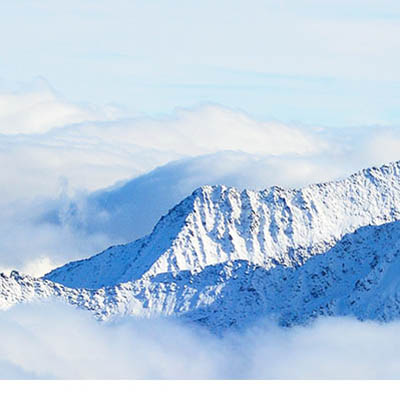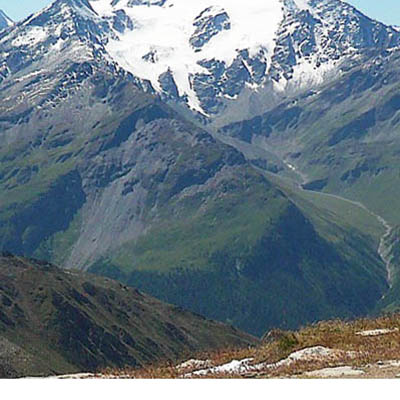
Swiss Alps Monthly Climate Averages
To help you choose the best time to travel, you can find climate data below on the weather in the Swiss Alps .
| Month | Davos | Interlaken | ||
| day | night | day | night | |
| January | -0.2°C | -9.2°C | +3.1°C | -3.6°C |
| February | +0.9°C | -9.4°C | +5.1°C | -3°C |
| March | +3.8°C | -6.1°C | +10.1°C | +0.3°C |
| April | +7.2°C | -2.5°C | +14.1°C | +3.4°C |
| May | +12.4°C | +2°C | +18.8°C | +7.9°C |
| June | +15.5°C | +5°C | +21.9°C | +11.1°C |
| July | +18.1°C | +7.1°C | +24.4°C | +13.2°C |
| August | +17.4°C | +7°C | +23.5°C | +12.8°C |
| September | +14.1°C | +3.9°C | +19.3°C | +9.5°C |
| October | +10.9°C | +0.7°C | +14.4°C | +5.6°C |
| November | +4.2°C | -4.5°C | +7.7°C | +0.6°C |
| December | +0.4°C | -7.7°C | +3.8°C | -2.2°C |
Temperature in the Swiss Alps
The table shows that the hottest months in the Swiss Alps are July and August, during which the average daytime temperature reaches 24.4°C and the nighttime temperature falls to 13.2°C.
The coldest months are January and December, when the daily average temperature falls to - 0.2°C, and drops to - 9.2°C during the night.
Most booked hotels in the Swiss Alps
Best places in the Swiss Alps:
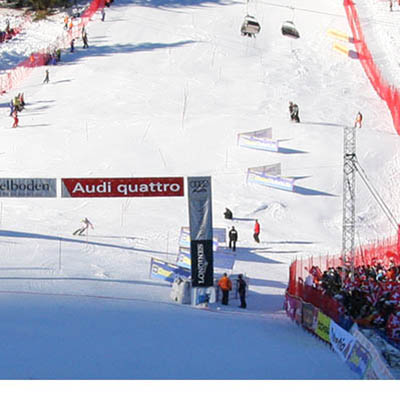
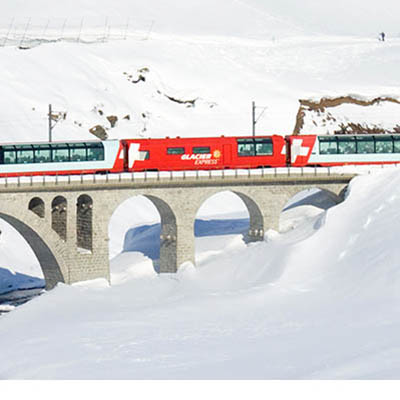
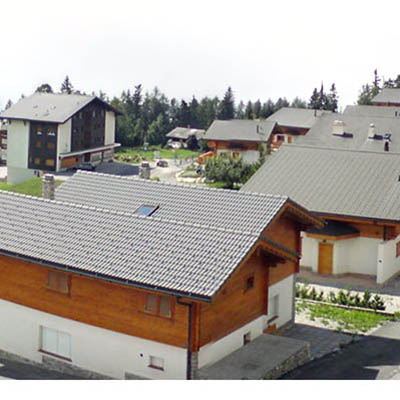
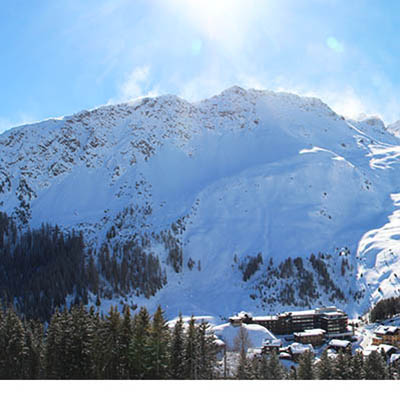
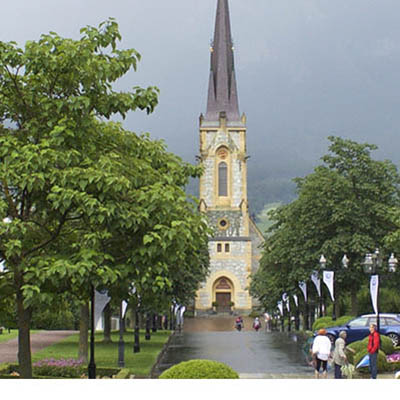
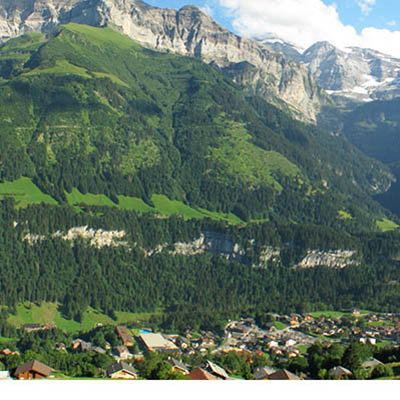
Most Popular Destinations in the World
in the Swiss Alps climate by month
Precipitation
The largest amount of rain falls on average in August and July, up to 148mm, and the least in February and April — up to 70mm.

